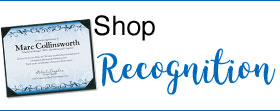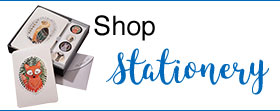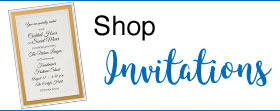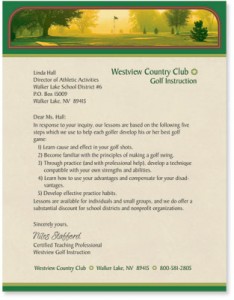 Many times the first impression you get to make on someone is via some type of correspondence. A letter of introduction or some kind of note to set a meeting to begin a relationship with a company on your company stationery is often the first thing a prospective client sees. This means the business letterheads on your stationery has to make a positive, memorable impact on them, so having a well designed letterhead is essential.
Many times the first impression you get to make on someone is via some type of correspondence. A letter of introduction or some kind of note to set a meeting to begin a relationship with a company on your company stationery is often the first thing a prospective client sees. This means the business letterheads on your stationery has to make a positive, memorable impact on them, so having a well designed letterhead is essential.
A full sized 8 ½” x 11” piece of paper is a huge piece of real estate to work with when it comes to advertising space. Granted, the bulk of that area needs to be reserved for the communications, but that leaves a lot of space that can be used to show clients all of the capabilities and products of your company. The center of the document does need to be reserved for the reason you’re corresponding, but the entire area of the unused margins can be used for letterhead and other information.
Naturally the company logo, the address, phone, fax, email and website information has to 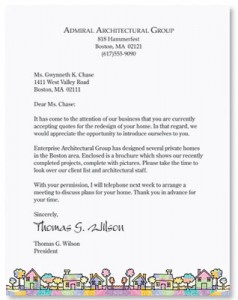 be on the business letterhead page somewhere. Since the basic company info including the log usually winds up at the top that leaves the other areas, especially the left margin and the bottom available for use for many different purposes. Since all text in the US is read left to right, the left margin can be used for a lot of things including descriptions of products and services available.
be on the business letterhead page somewhere. Since the basic company info including the log usually winds up at the top that leaves the other areas, especially the left margin and the bottom available for use for many different purposes. Since all text in the US is read left to right, the left margin can be used for a lot of things including descriptions of products and services available.
While the top of the page is generally used for the company logo and address, the bottom of the page can be reserved for other information. Do put the company address, phone number and fax number at the top of the page, but use the bottom inch and a half to put other information like website info and email addresses. This enables you to put 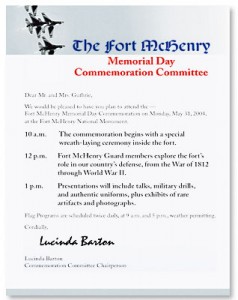 a lot of contact information into what is generally considered unused space. Most printers are perfectly capable of allowing you to print stationery in “outside the margins” areas, and you can easily set your favorite word processor to put the correspondence data inside the margin areas you’re using.
a lot of contact information into what is generally considered unused space. Most printers are perfectly capable of allowing you to print stationery in “outside the margins” areas, and you can easily set your favorite word processor to put the correspondence data inside the margin areas you’re using.
Letterhead doesn’t have to be a big challenge, but all too often it is. The keys to making an effective business letterhead all have to do with efficient use of what is usually considered useless space. By taking advantage of these areas, you can get a lot of information about your company and your products in front of a customer without having to put forth a special effort, and the cost in terms of implementation is minimal.

